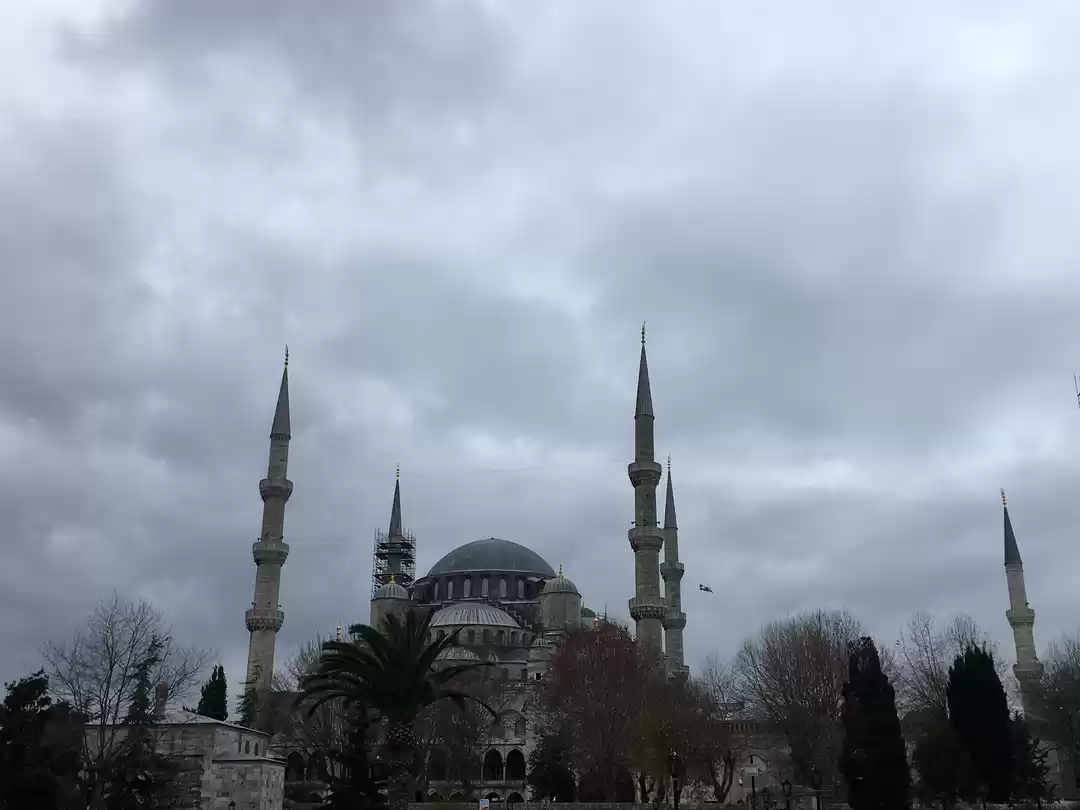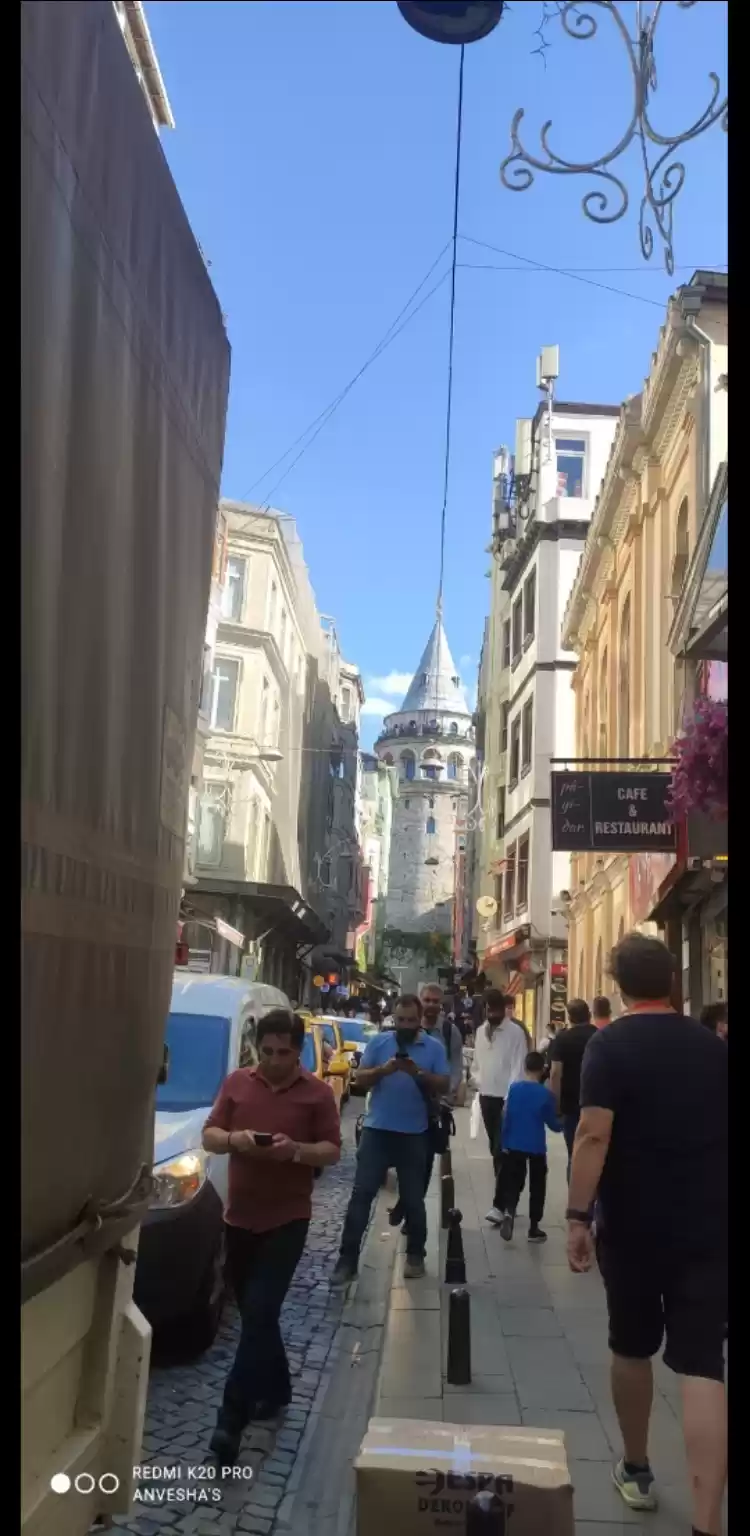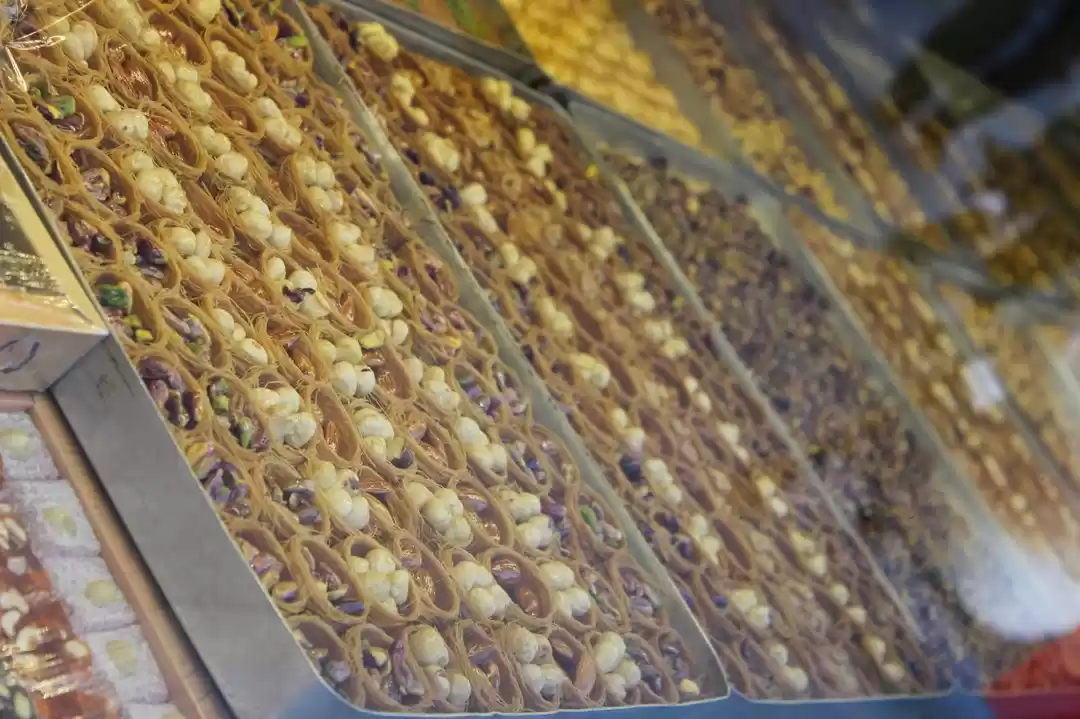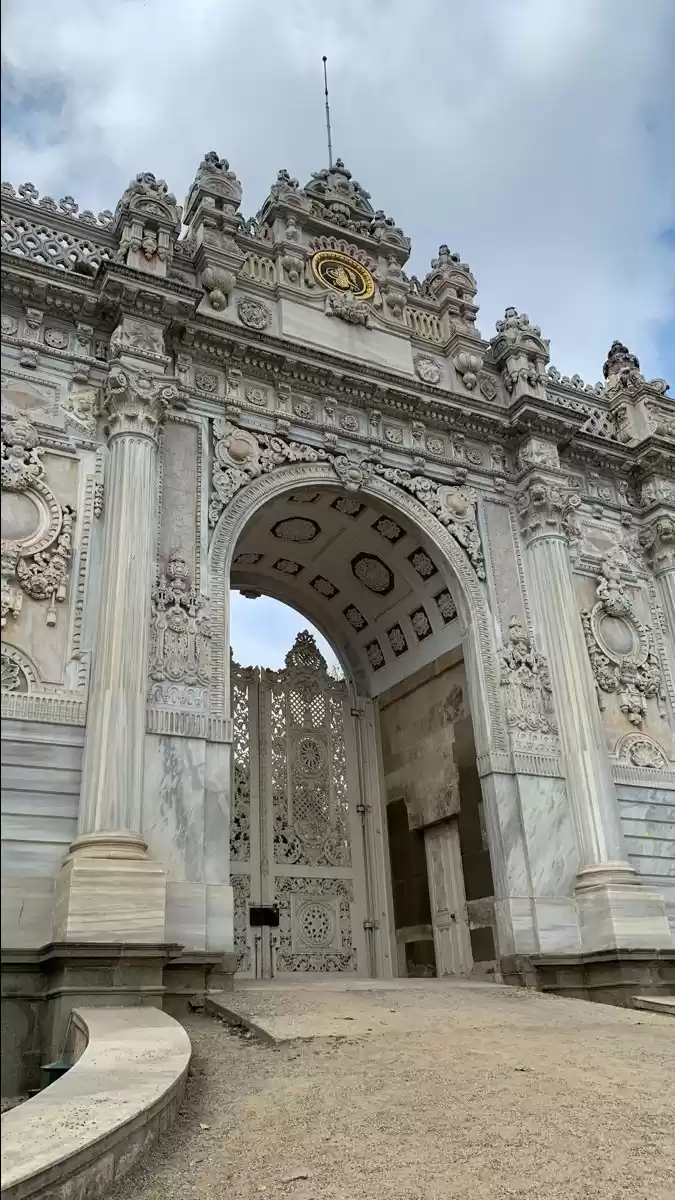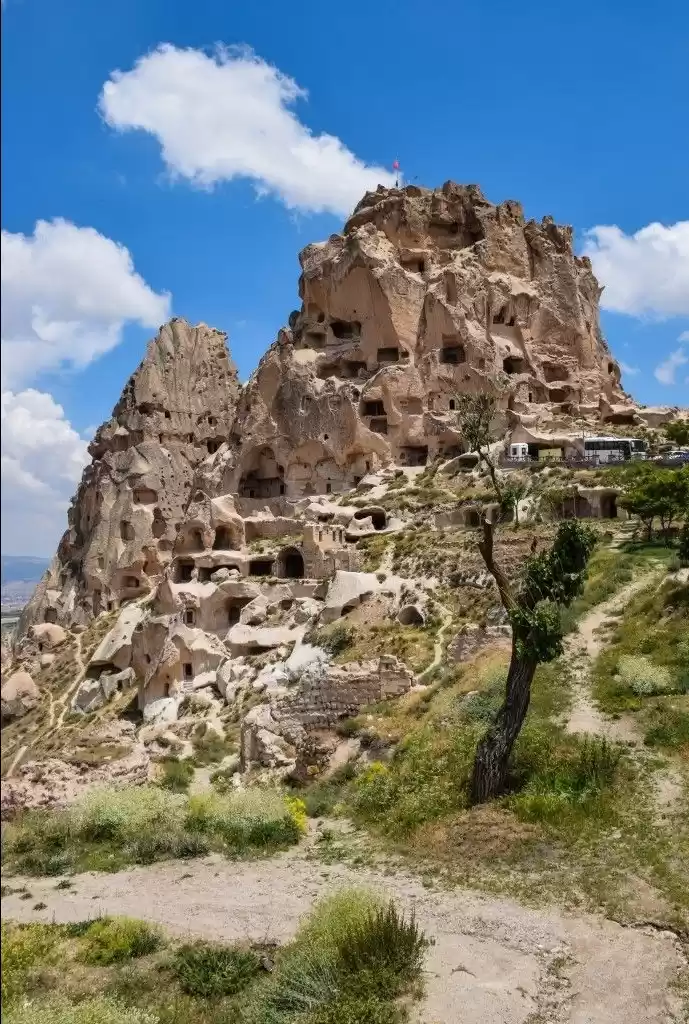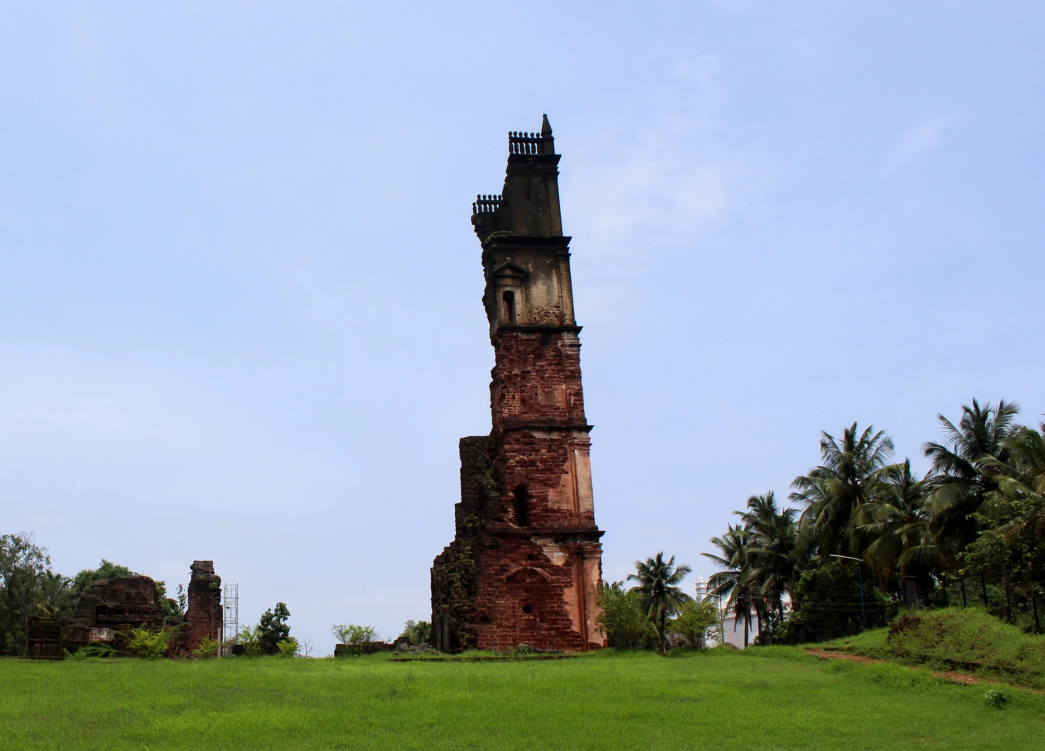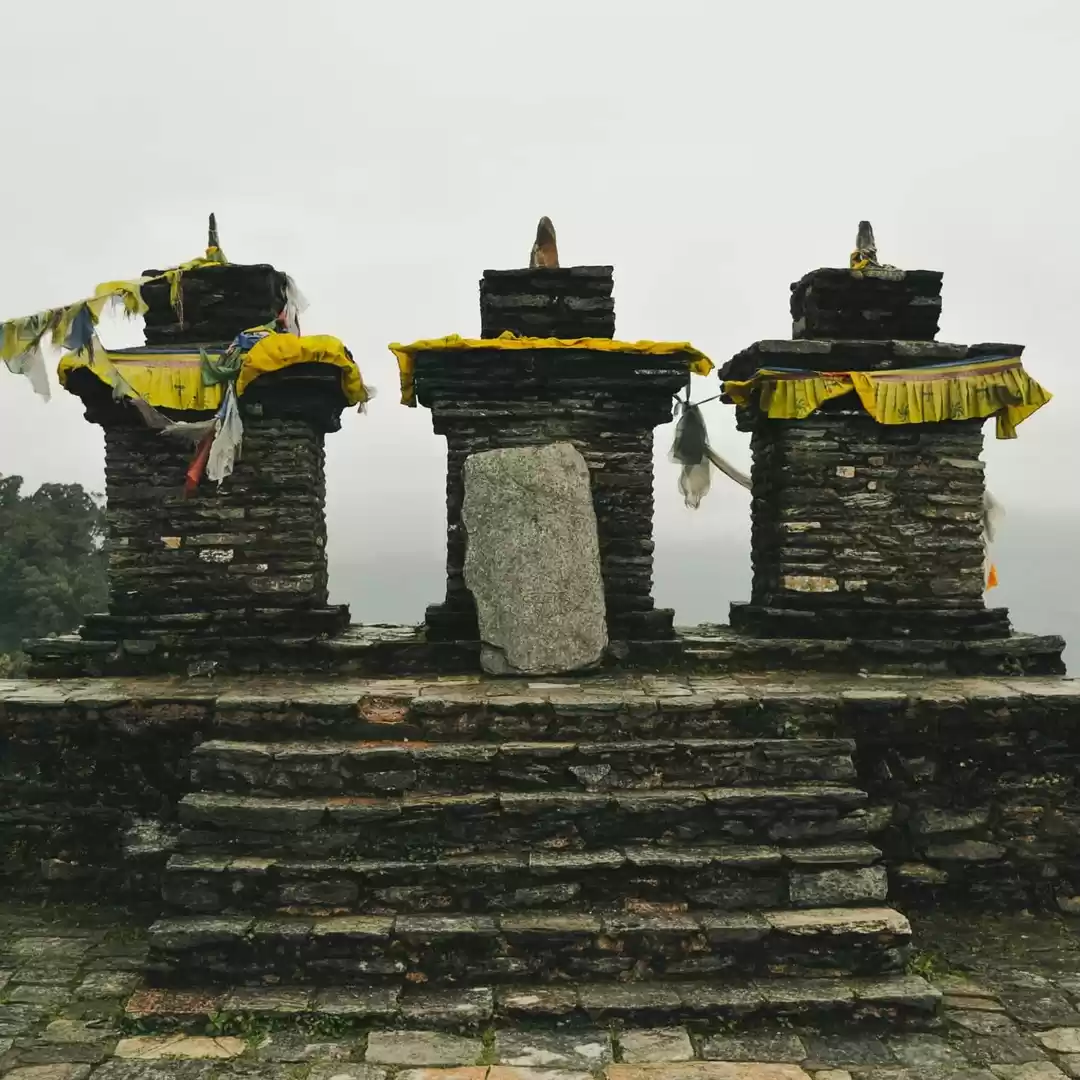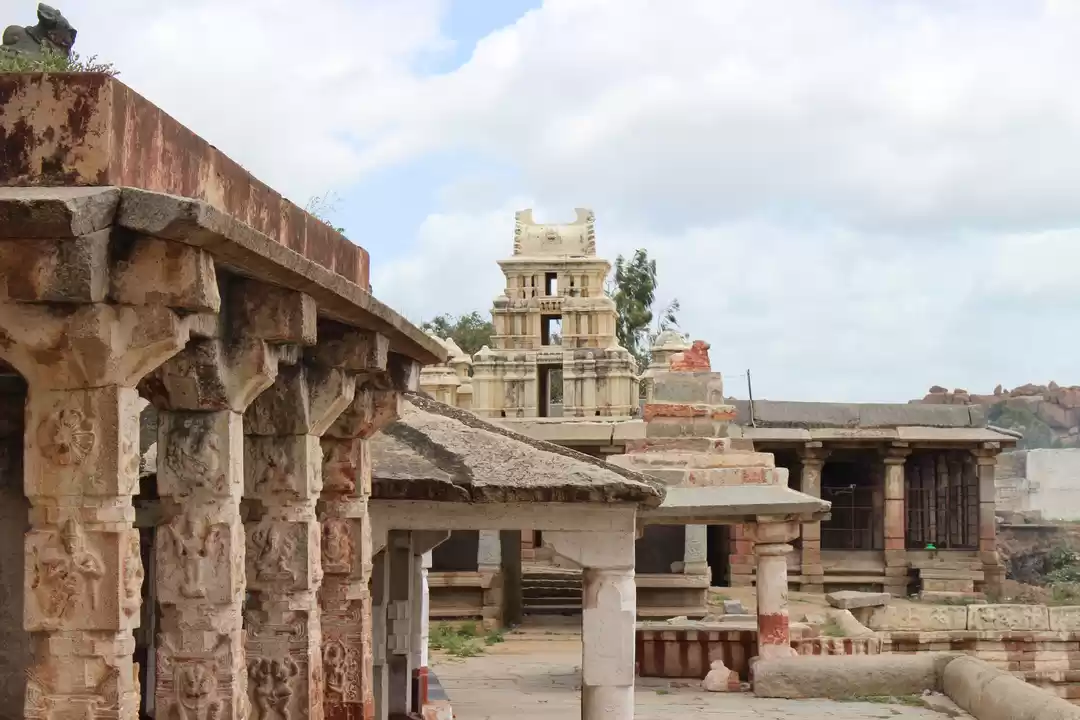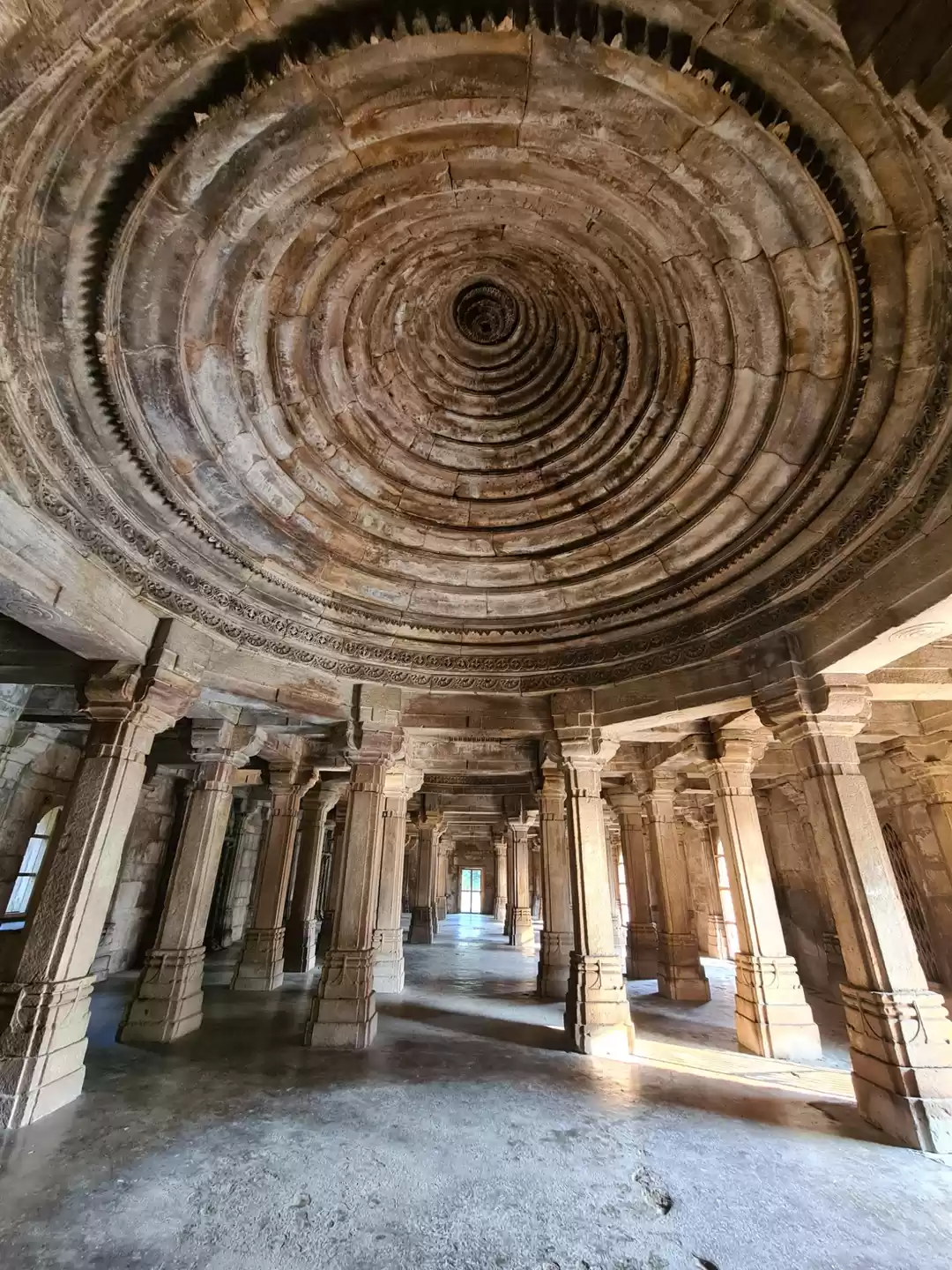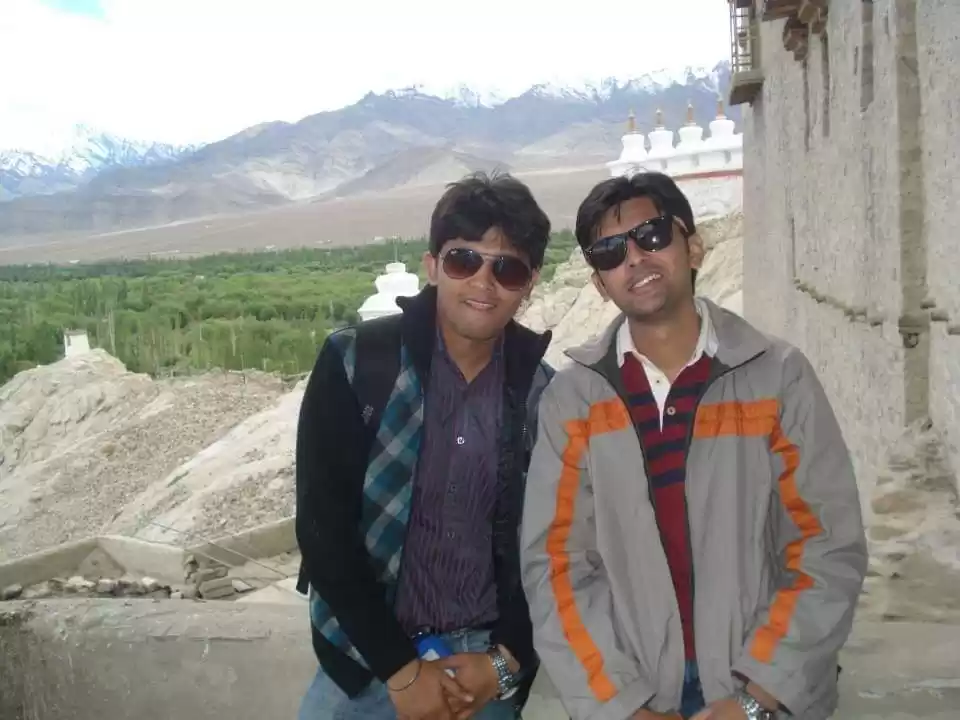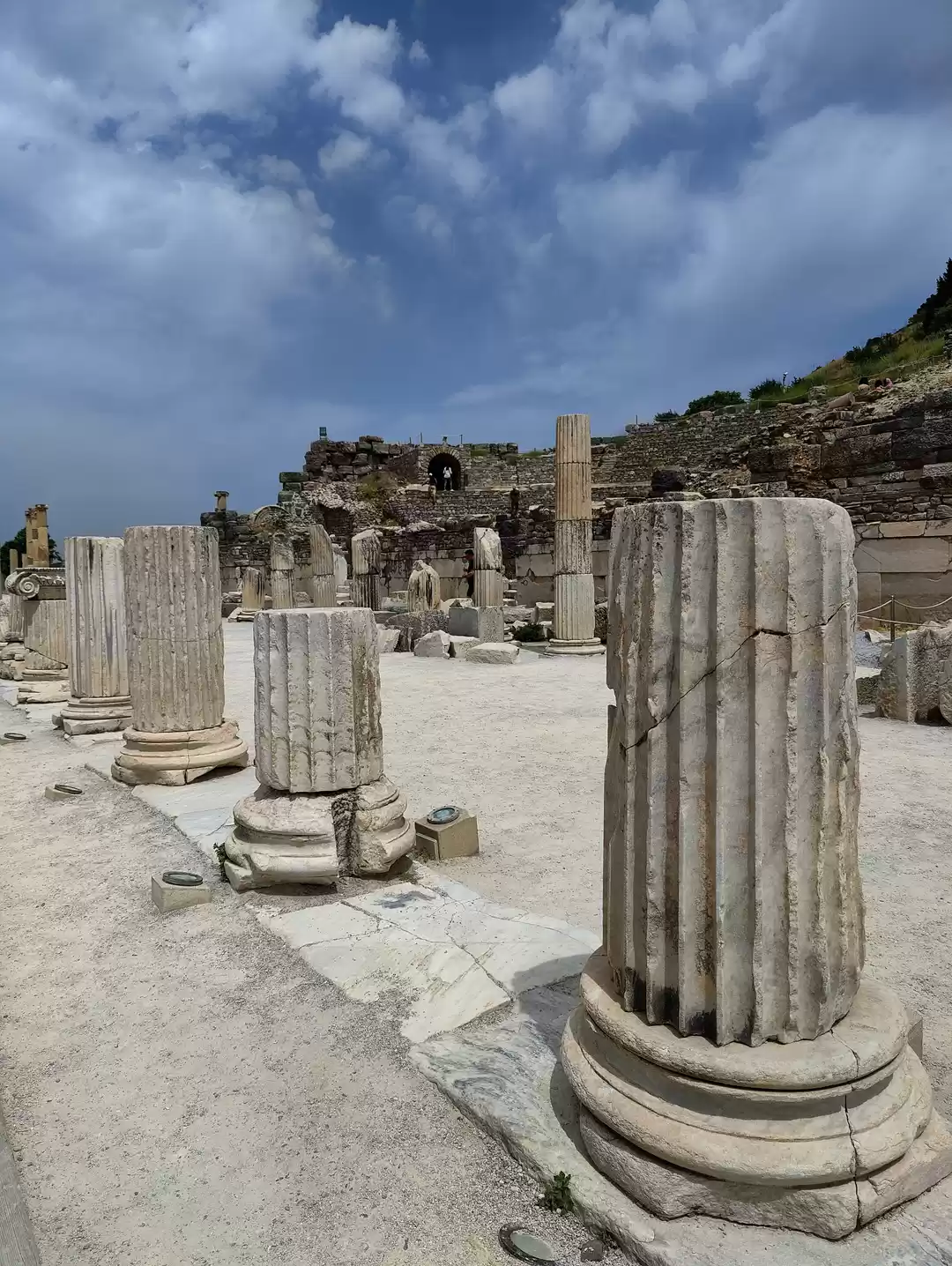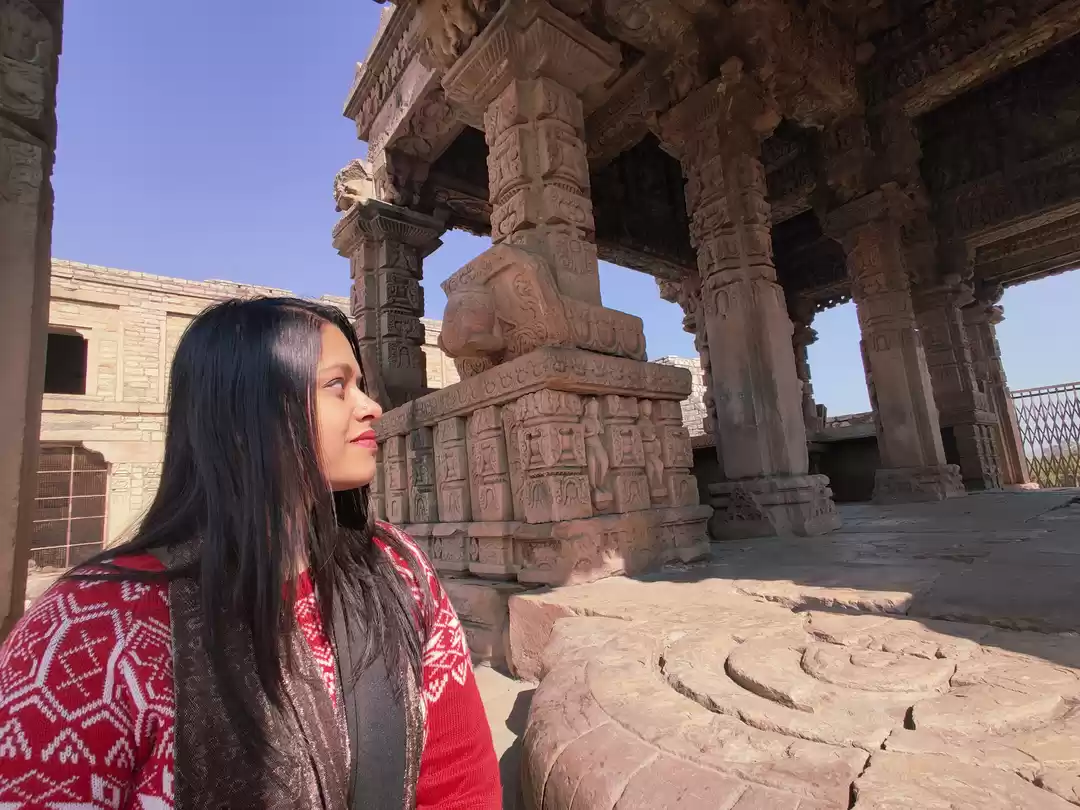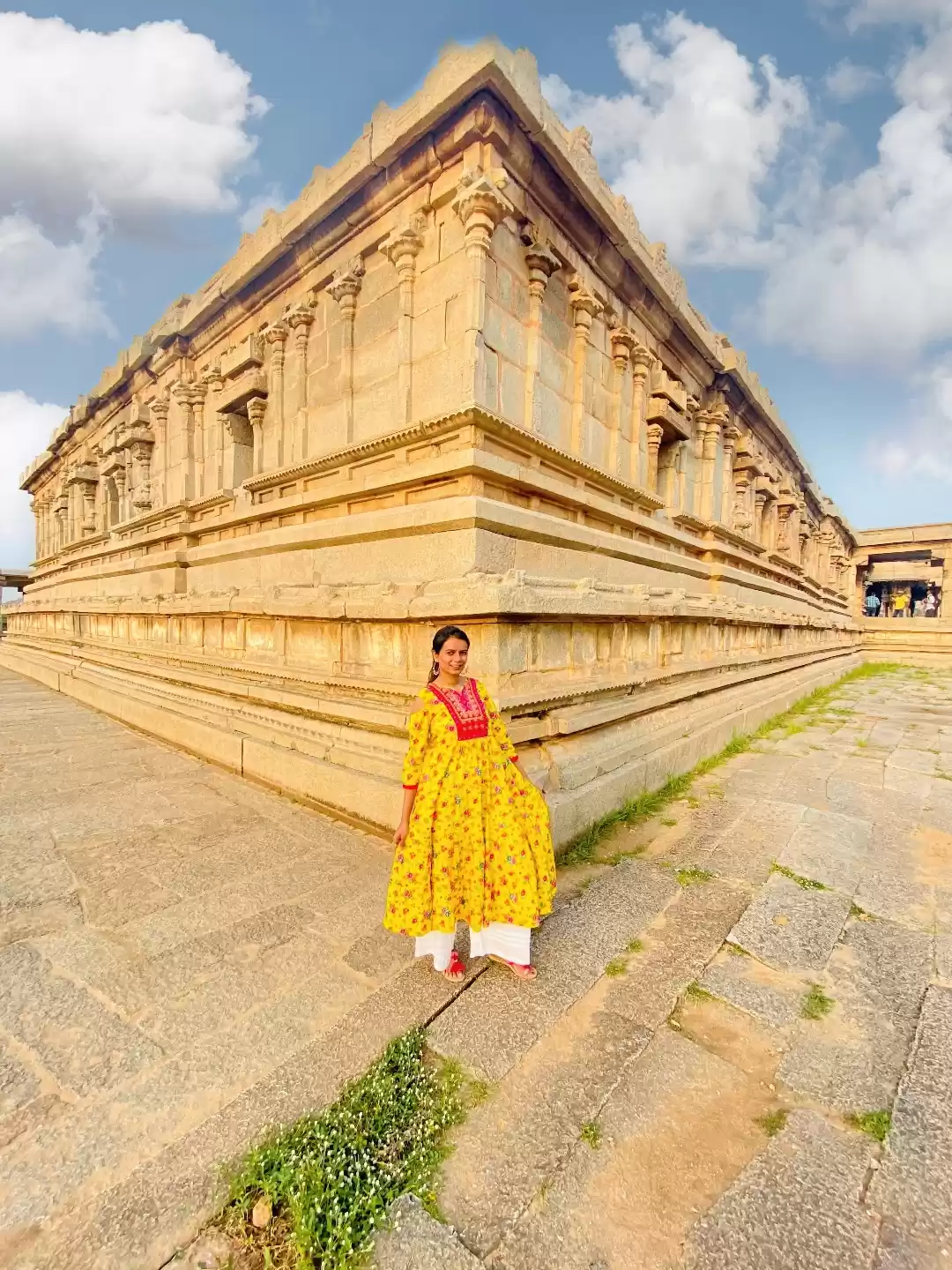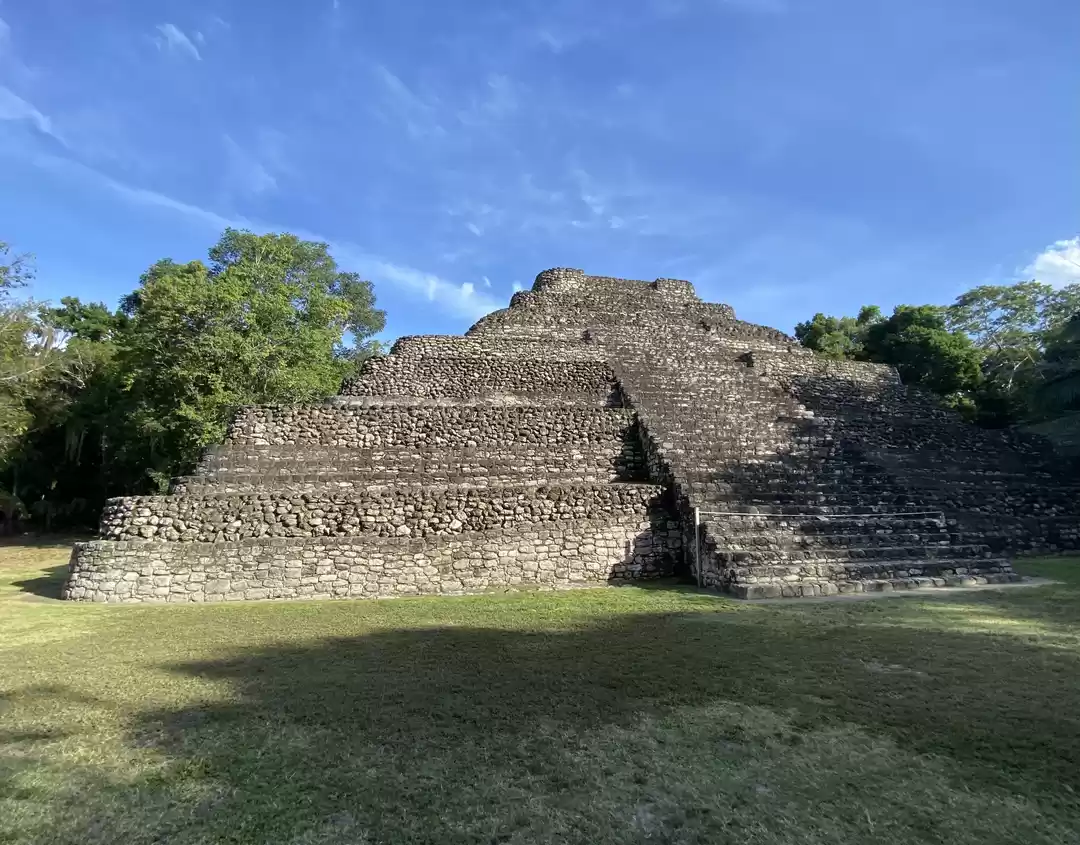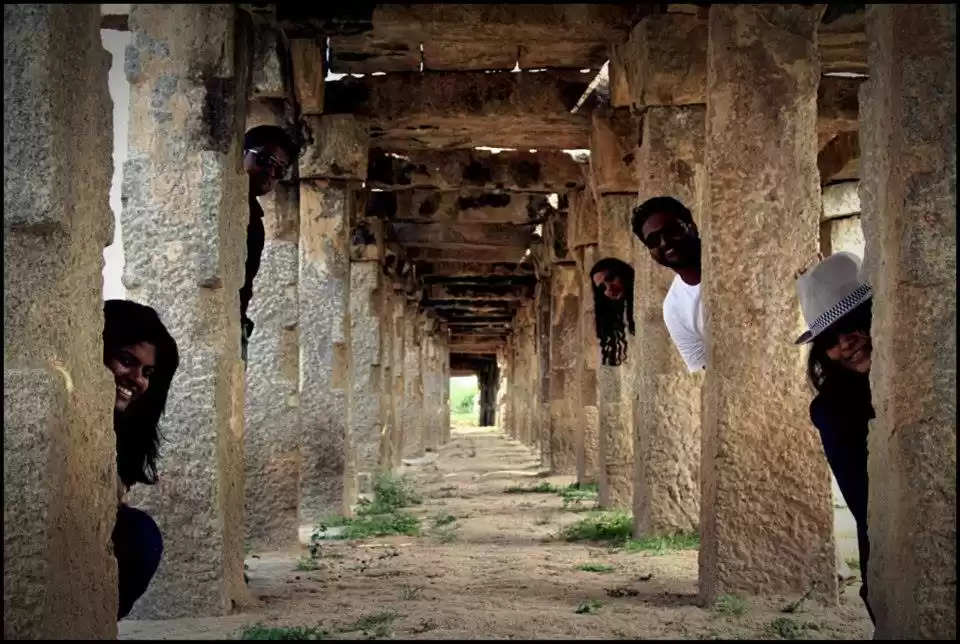Have you ever wondered what life was like in the dawn of civilization? How did our ancestors build their homes, worship their gods, and interact with each other? If you are curious about these questions, then you should visit Catalhoyuk, the world's oldest city and a UNESCO World Heritage site.
Located in the central Anatolian region of Turkey, Catalhoyuk is a fascinating and unique archaeological site that reveals the secrets of the Neolithic period and human history. In this article, we will guide you through the history, culture, and attractions of Catalhoyuk, and provide you with practical information on how to visit, what to see, and where to stay near this ancient city.
History of Catalhoyuk
Catalhoyuk was discovered in 1958 by a British archaeologist named James Mellaart, who was amazed by the size and complexity of the site. He began excavations in 1961, and uncovered a large settlement that dated back to 7500 BC. The site covers an area of 32 hectares, and consists of hundreds of mud-brick houses that were built next to each other, forming a dense and compact urban layout. The houses had no doors or windows, and the only access was through the roofs, which also served as terraces and streets. The houses were decorated with elaborate wall paintings, reliefs, sculptures, and figurines, depicting animals, humans, and abstract symbols. The site also contained evidence of ritual practices, such as burials under the floors, animal skulls, and human figurines.

The excavations at Catalhoyuk have revealed a wealth of information about the Neolithic culture and society, and have challenged many assumptions and stereotypes about the origins of civilization. For instance, Catalhoyuk had no apparent social hierarchy, no temples or palaces, no signs of warfare or violence, and no clear distinction between the sacred and the profane. The people of Catalhoyuk lived in a communal and egalitarian way, sharing resources and responsibilities, and expressing their creativity and spirituality through art and symbolism. Catalhoyuk is considered to be one of the earliest examples of a complex and sophisticated urban society, and a milestone in the evolution of human history.
If you want to learn more about the history and culture of Catalhoyuk, you can visit the official website of the site, the UNESCO page, or some academic publications, such as The Goddess and the Bull: Catalhoyuk: An Archaeological Journey to the Dawn of Civilization by Michael Balter, or Catalhoyuk: The Leopard's Tale: Revealing the Mysteries of Turkey's Ancient 'Town' by Ian Hodder.
How to Visit Catalhoyuk
If you are interested in visiting Catalhoyuk, you should plan your trip carefully, as the site is not very easy to reach or well-known among tourists. The best time to visit Catalhoyuk is between April and October, when the weather is pleasant and the site is open to the public. The site is closed on Mondays, and the opening hours are from 9:00 am to 5:00 pm.
The entrance fee is 10 Turkish Liras (about 1 USD), and there is a small museum and a visitor center on the site, where you can get more information and see some exhibits and replicas.
The nearest city to Catalhoyuk is Konya, which is about 50 kilometers away. Konya is a historical and cultural city, famous for being the home of the Mevlana Museum and the Whirling Dervishes. You can reach Konya by plane, train, or bus from Istanbul, Ankara, or other major cities in Turkey. From Konya, you can take a taxi, a minibus, or a rental car to Catalhoyuk, which will take about an hour. You can also join a guided tour or a day trip from Konya, which will include transportation, entrance fees, and a professional guide.
Some tips and suggestions for visiting Catalhoyuk
- Bring a hat, sunscreen, and water, as the site can get very hot and sunny in the summer.
- Wear comfortable shoes and clothes, as the site is dusty and uneven, and you will have to climb ladders and stairs to enter the houses.
- Respect the rules and regulations of the site, such as not touching or damaging the artifacts, not taking photos with flash, and not littering or smoking.
- Be prepared to spend at least two hours at the site, as there is a lot to see and explore.
- Enjoy the experience of stepping into the past, and imagine how the people of Catalhoyuk lived, worked, and worshipped thousands of years ago.
What to See in Catalhoyuk
Catalhoyuk is a fascinating and unique site that offers a glimpse into the world's oldest city and its history and culture. There are many attractions and features that you can see and explore at Catalhoyuk, such as:

- The replica house:
This is a full-scale reconstruction of a typical house from Catalhoyuk, where you can enter and see how the people of Catalhoyuk lived. The house has a fireplace, a platform, a storage area, and a burial pit, and is decorated with wall paintings, reliefs, sculptures, and figurines. The replica house is located near the entrance of the site, and is a great way to get an introduction and a feel of Catalhoyuk.
- The excavation areas:
These are the areas where the archaeologists have uncovered and exposed the original houses and artifacts of Catalhoyuk. You can see the remains of the mud-brick walls, the roofs, the floors, and the burials, and observe the ongoing work of the archaeologists and their tools and methods. The excavation areas are divided into two sections: the East Mound and the West Mound, which correspond to different phases and periods of the site. The East Mound is older and larger, and dates back to 7500-6000 BC. The West Mound is newer and smaller, and dates back to 6000-5200 BC. You can walk around the excavation areas, and see the signs and labels that explain the features and findings of each area.
- The museum:
This is a small but informative museum that displays some of the artifacts and exhibits that have been found at Catalhoyuk, such as pottery, tools, jewelry, bones, and seeds. You can also see some of the most famous and impressive wall paintings, reliefs, sculptures, and figurines from Catalhoyuk, such as the bull's head, the leopard's tale, the vulture's skull, and the mother goddess. The museum also has some interactive and multimedia displays, such as videos, models, and maps, that illustrate the history, culture, and significance of Catalhoyuk.
- The visitor center:
This is a modern and spacious building that provides facilities and services for the visitors, such as a cafeteria, a gift shop, a library, and a conference hall. You can also find some information and brochures about the site, and watch a documentary film that introduces Catalhoyuk and its archaeology. The visitor center also hosts some events and activities, such as lectures, workshops, and exhibitions, that are related to Catalhoyuk and its research.
Where to Stay Near Catalhoyuk
If you want to stay near Catalhoyuk, you have some options for hotels and guesthouses that are close to the site and offer comfortable and affordable accommodation. Some of the hotels and guesthouses near Catalhoyuk are:
- Hilton Garden Inn Konya: This is a four-star hotel that is located in the center of Konya, about 50 kilometers from Catalhoyuk. The hotel has 228 rooms, with free Wi-Fi, air conditioning, minibar, and TV. The hotel also has a restaurant, a bar, a fitness center, a business center, and a meeting room. The price for a double room is about 50 USD per night, and the hotel offers a free shuttle service to Catalhoyuk for its guests.
- Selcuk Hotel Sems-i Tebrizi: This is a three-star hotel that is located in the historical district of Konya, about 48 kilometers from Catalhoyuk. The hotel has 30 rooms, with free Wi-Fi, air conditioning, minibar, and TV. The hotel also has a restaurant, a terrace, a garden, and a library. The price for a double room is about 40 USD per night, and the hotel provides a free breakfast and a free parking for its guests.
Catalhoyuk Guesthouse: This is a cozy and friendly guesthouse that is located next to the site of Catalhoyuk, about 2 kilometers from the entrance. The guesthouse has 10 rooms, with free Wi-Fi, air conditioning, and TV. The guesthouse also has a restaurant, a lounge, a garden, and a playground. The price for a double room is about 30 USD per night, and the guesthouse offers a free breakfast and a free pick-up service from Konya for its guests.
Catalhoyuk is a remarkable and unique site that invites you to discover the world’s oldest city and its history and culture. By visiting Catalhoyuk, you will not only see and explore the amazing artifacts and features of the site, but also learn and appreciate the origins and evolution of human civilization.
Catalhoyuk is a must-see destination for anyone who is interested in archaeology, history, culture, and adventure. If you are ready to embark on this journey, book your trip to Catalhoyuk today, and share your experience with us in the comments below.

